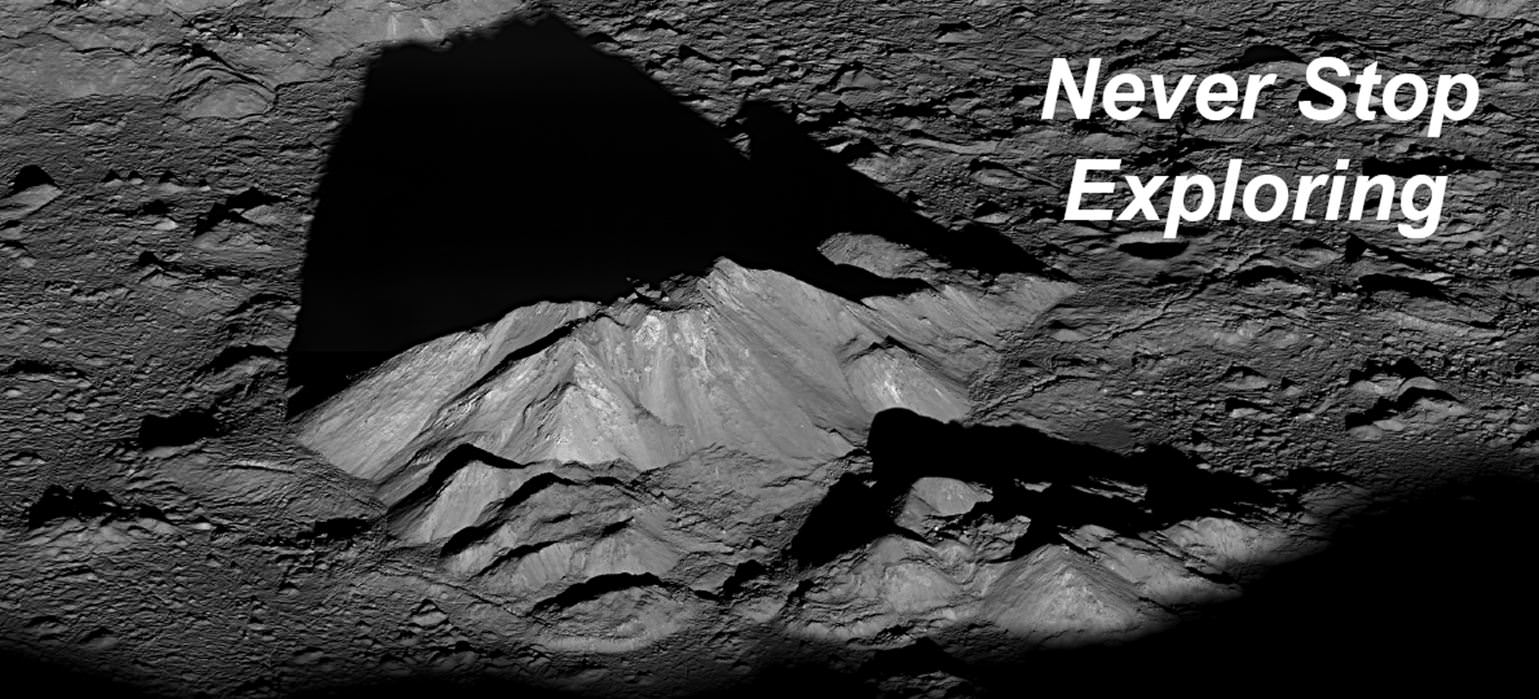This video has been in production for a while and was not originally meant to honor Neil Armstrong, but it very well could memorialize the first human explorer to set foot on the Moon. This short video titled "From the Earth to the Moon" provides a stunning and inspirational view of the lunar surface, and "highlights vast portions of the lunar surface that have yet to be explored, and demonstrates how new images are revealing dramatic details of future landing sites suitable for both robotic and human missions," writes lunar scientist David Kring, one of the researchers behind creating this video.
All of the footage is from actual images and data from the Lunar Reconnaissance Orbiter; there are no artist renditions or animations.
"The scenes in the video are so dramatic that you may find yourself reaching out to pick up a rock and becoming restless to walk among the lunar peaks," writes Kring.
As stunning as the video is, it also reminds us that humans have not visited its surface since 1972, even though it is one of the best and most accessible place in the solar system to explore the fundamental principles of our origins, Kring says.
Most of the images and topographical data were obtained in particular by the NASA Lunar Reconnaissance Orbiter Camera (LROC) and Lunar Orbiter Laser Altimeter (LOLA) teams, and rendered by Kring's team and the Goddard Space Flight Center Scientific Visualization Studio.
Here's what you are seeing in the video:
The video provides views of (i) the lunar nearside, (ii) a flyover of the heavily cratered lunar highlands, (iii) Oceanus Procellarum, (iv) a zoomed-in perspective of Aristarchus crater, (v) a flight down Vallis Schröteri, (vi) an oblique perspective of Aristarchus crater, (vii) crater walls within Aristarchus, (viii) a pull away perspective of Aristarchus crater, (ix) a zoomed-in rotating view of Tycho crater, (x) flybys of five central peak features within Tycho crater, (xi) a pull away perspective of Tycho crater with distinct panels of images to illustrate a variety of spatial resolutions and albedo, (xii) a rotating view of Tycho crater from a position slightly above its rim, (xiii) a pull away perspective of Tycho crater, (xiv) rotating perspective of Orientale basin, (xv) rotating and pull away perspective from Orientale basin, (xvi) dawn rising over Tsiolkovsky crater, and (xvii) Earth rising over the lunar surface.
Kring leads the
Center for Lunar Science and Exploration
, and is also well known for another discovery: he was part of the team that discovered the Chicxulub impact crater, and helped link the crater and its ejecta to the K-T boundary mass extinction of dinosaurs and over half of the plants and animals that existed on Earth 65 million years ago.
Source:
NLSI
 Universe Today
Universe Today
